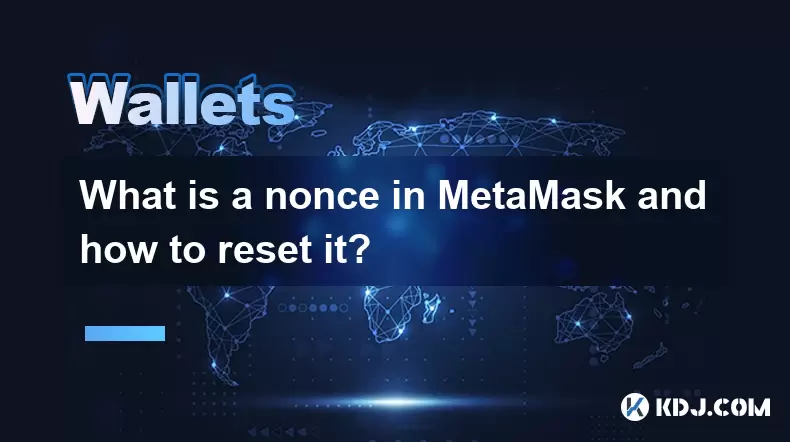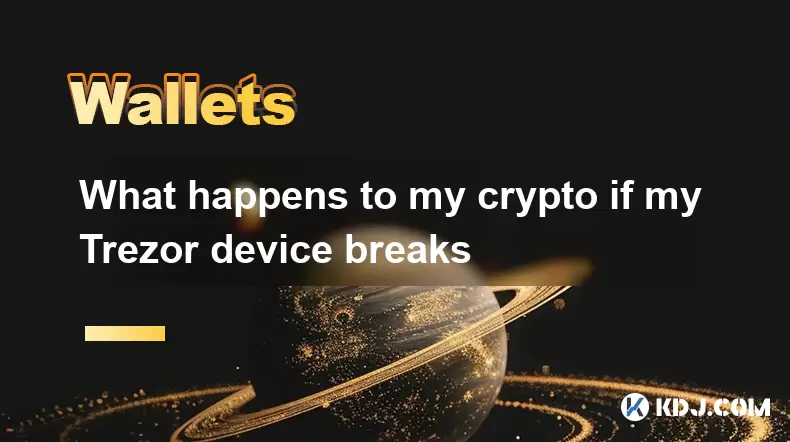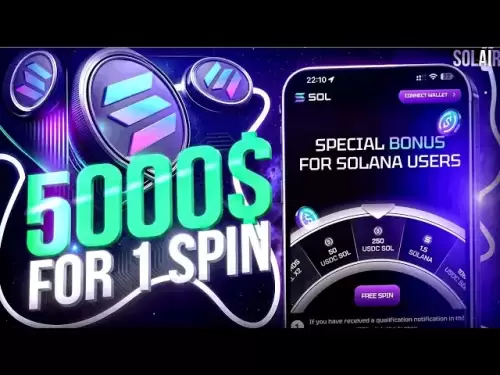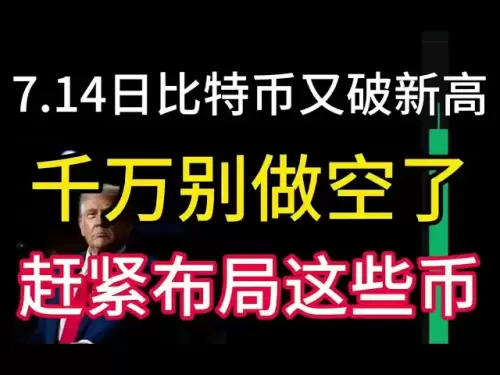-
 Bitcoin
Bitcoin $119,161.9671
1.52% -
 Ethereum
Ethereum $2,995.0722
2.34% -
 XRP
XRP $2.8555
5.32% -
 Tether USDt
Tether USDt $1.0002
0.00% -
 BNB
BNB $692.9308
1.48% -
 Solana
Solana $162.9611
1.87% -
 USDC
USDC $0.9999
0.00% -
 Dogecoin
Dogecoin $0.2014
2.84% -
 TRON
TRON $0.3032
0.90% -
 Cardano
Cardano $0.7464
6.51% -
 Hyperliquid
Hyperliquid $49.1533
5.71% -
 Stellar
Stellar $0.4773
24.77% -
 Sui
Sui $3.4979
3.93% -
 Chainlink
Chainlink $15.8552
6.01% -
 Hedera
Hedera $0.2401
23.85% -
 Bitcoin Cash
Bitcoin Cash $510.0474
0.97% -
 Avalanche
Avalanche $21.5550
4.82% -
 UNUS SED LEO
UNUS SED LEO $9.0389
-0.47% -
 Shiba Inu
Shiba Inu $0.0...01340
2.27% -
 Toncoin
Toncoin $2.9910
0.62% -
 Litecoin
Litecoin $96.4406
4.34% -
 Polkadot
Polkadot $4.0359
4.59% -
 Monero
Monero $338.4759
2.80% -
 Uniswap
Uniswap $8.6460
4.01% -
 Dai
Dai $0.9999
0.00% -
 Ethena USDe
Ethena USDe $1.0007
0.03% -
 Pepe
Pepe $0.0...01254
3.26% -
 Bitget Token
Bitget Token $4.3969
0.79% -
 Aave
Aave $312.2641
3.98% -
 Bittensor
Bittensor $397.0731
4.17%
What is a nonce in MetaMask and how to reset it?
To reset a nonce in MetaMask, enable advanced settings, select the pending transaction's nonce, and resend with adjusted gas fees to replace the stuck transaction.
Jul 13, 2025 at 05:49 pm

Understanding the Role of a Nonce in Ethereum Transactions
In the Ethereum blockchain, each transaction is assigned a unique number called a nonce. This nonce is an incrementing counter associated with the sender's account, ensuring that transactions are processed in the correct order and preventing replay attacks. Every time you send a transaction from your wallet, the nonce increases by one. If two transactions have the same nonce, the network will only accept the first one it receives, rejecting the second as invalid.
When using MetaMask, a popular Ethereum wallet, the nonce plays a crucial role in maintaining the integrity of your outgoing transactions. It ensures that no duplicate or out-of-sequence transactions are accepted by the network. Understanding how nonce works can help users manage pending or failed transactions more effectively.
Why Would You Need to Reset a Nonce?
There are several scenarios where you might need to reset the nonce in MetaMask:
- Your transaction is stuck due to low gas fees.
- A previously sent transaction has failed but still occupies a nonce value.
- You want to replace a pending transaction with a new one offering higher gas fees.
By manually adjusting the nonce, you can essentially "overwrite" a pending transaction with a new one, allowing the network to process the latest version instead of waiting indefinitely for the original to confirm or fail.
How to Check the Current Nonce in MetaMask
Before resetting the nonce, it’s important to know its current value for your account. Here’s how to check it:
- Open MetaMask and ensure you're on the correct network (e.g., Ethereum Mainnet).
- Go to the Activity tab and locate any pending or recent transactions.
- Click on a transaction to view details; the nonce will be displayed in hexadecimal format.
- Alternatively, you can use tools like Etherscan to look up your account and check the nonce under the Txns tab.
Keep in mind that MetaMask does not display the nonce directly in the interface during transaction creation unless you enable advanced settings.
Steps to Reset the Nonce in MetaMask
Resetting the nonce requires sending a custom transaction with a specific nonce value. Follow these steps carefully:
- Ensure MetaMask is updated to the latest version.
- Go to Settings > Advanced and enable Customize transaction nonce.
- Initiate a new transaction by clicking Send and entering the recipient address and amount.
- Before confirming, click Edit next to the gas fee options.
- In the expanded section, locate the Nonce field and enter the desired nonce value (typically the one currently pending).
- Adjust the gas price if needed to speed up confirmation.
- Confirm and submit the transaction.
This manual override allows you to reuse a nonce and replace a stuck transaction. However, this should only be done if the original transaction is still pending and hasn’t been confirmed on the blockchain.
Potential Risks and Considerations When Changing Nonce
Modifying the nonce manually comes with risks that users should be aware of:
- Submitting a transaction with a nonce already used and confirmed will result in rejection.
- Sending multiple transactions with the same nonce may cause confusion on the network and lead to unpredictable results.
- Incorrectly setting the nonce could result in lost funds if the transaction is executed improperly.
Always double-check the nonce value before submitting a modified transaction. It’s also wise to consult the Etherscan page for your wallet address to verify which nonce values are still pending or available.
Troubleshooting Common Issues After Resetting Nonce
If you encounter issues after changing the nonce, consider the following troubleshooting steps:
- Check Etherscan to see if the new transaction with the adjusted nonce appears in the mempool.
- If the transaction remains pending, try increasing the gas fee again and resubmit with the same nonce.
- If the original transaction was confirmed despite the override attempt, do not reuse the same nonce again.
- Clear the transaction history in MetaMask by removing pending transactions manually if they persist in the UI.
These steps can help resolve conflicts caused by overlapping nonce values and ensure smoother transaction processing.
Frequently Asked Questions
Q: Can I reset the nonce for a confirmed transaction?
A: No, once a transaction has been confirmed on the blockchain, its nonce is considered used and cannot be reused. Attempting to resend with the same nonce will result in an error.
Q: What happens if I set a lower nonce than the current account sequence?
A: Setting a nonce lower than the last confirmed transaction will result in the transaction being rejected by the network.
Q: Is it safe to change the nonce manually in MetaMask?
A: Yes, as long as you understand the implications and only modify nonce values for pending transactions. Misuse can lead to transaction failures or other unexpected behavior.
Q: How do I know which nonce to use when resetting?
A: Use the nonce value of a pending transaction you wish to replace. You can find this in MetaMask transaction details or via Etherscan under the Txn Hash.
Disclaimer:info@kdj.com
The information provided is not trading advice. kdj.com does not assume any responsibility for any investments made based on the information provided in this article. Cryptocurrencies are highly volatile and it is highly recommended that you invest with caution after thorough research!
If you believe that the content used on this website infringes your copyright, please contact us immediately (info@kdj.com) and we will delete it promptly.
- Bitcoin: Buy the Dip Before the March 2028 Halving?
- 2025-07-14 12:30:11
- Seattle Sports, BlockDAG, and Price Rise: What's the Buzz?
- 2025-07-14 12:50:12
- Bitcoin Price Rockets: New ATHs and What's Next?
- 2025-07-14 13:10:15
- Metaplanet's Bold Bitcoin Bet: A New Corporate Strategy?
- 2025-07-14 13:10:15
- Bitcoin Blasts Past $119,000: Is $120,000 Next, or Are We Due for a Reality Check?
- 2025-07-14 13:30:12
- Satoshi Nakamoto: From Crypto Creator to Richest Person?
- 2025-07-14 13:30:12
Related knowledge

What is a hardware wallet's secure element
Jul 11,2025 at 10:14pm
What is a Hardware Wallet's Secure Element?A hardware wallet is one of the most secure ways to store cryptocurrencies. Unlike software wallets, which ...

What is the difference between a custodial and non-custodial wallet
Jul 13,2025 at 03:21am
Understanding Wallet Types in CryptocurrencyIn the world of cryptocurrency, digital wallets play a crucial role in managing and securing assets. A wal...

How to add a new network to MetaMask
Jul 11,2025 at 11:42pm
Understanding the Need to Add a New NetworkWhen using MetaMask, a popular Ethereum-based cryptocurrency wallet, users often need to interact with diff...

How to add Ethereum L2 networks like Arbitrum to Trezor
Jul 11,2025 at 12:36am
What Is Ethereum L2 and Why Add It to Trezor?Ethereum Layer 2 (L2) networks, such as Arbitrum, are scaling solutions designed to reduce congestion on ...

What happens to my crypto if my Trezor device breaks
Jul 11,2025 at 01:49pm
Understanding Hardware Wallet FailureWhen you store cryptocurrency in a Trezor hardware wallet, the private keys are kept offline, offering a high lev...

How to find a specific receiving address on my Trezor
Jul 09,2025 at 10:36pm
Understanding the Purpose of a Receiving AddressA receiving address is a unique identifier used in blockchain networks to receive cryptocurrency. Each...

What is a hardware wallet's secure element
Jul 11,2025 at 10:14pm
What is a Hardware Wallet's Secure Element?A hardware wallet is one of the most secure ways to store cryptocurrencies. Unlike software wallets, which ...

What is the difference between a custodial and non-custodial wallet
Jul 13,2025 at 03:21am
Understanding Wallet Types in CryptocurrencyIn the world of cryptocurrency, digital wallets play a crucial role in managing and securing assets. A wal...

How to add a new network to MetaMask
Jul 11,2025 at 11:42pm
Understanding the Need to Add a New NetworkWhen using MetaMask, a popular Ethereum-based cryptocurrency wallet, users often need to interact with diff...

How to add Ethereum L2 networks like Arbitrum to Trezor
Jul 11,2025 at 12:36am
What Is Ethereum L2 and Why Add It to Trezor?Ethereum Layer 2 (L2) networks, such as Arbitrum, are scaling solutions designed to reduce congestion on ...

What happens to my crypto if my Trezor device breaks
Jul 11,2025 at 01:49pm
Understanding Hardware Wallet FailureWhen you store cryptocurrency in a Trezor hardware wallet, the private keys are kept offline, offering a high lev...

How to find a specific receiving address on my Trezor
Jul 09,2025 at 10:36pm
Understanding the Purpose of a Receiving AddressA receiving address is a unique identifier used in blockchain networks to receive cryptocurrency. Each...
See all articles

























































































